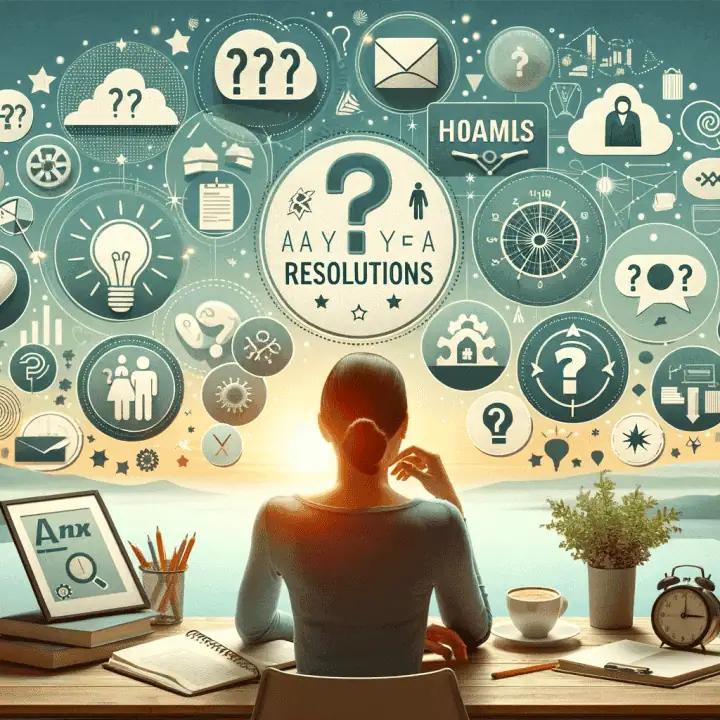A New Code approach to teaching NLP
Features of a New Code Approach to Teaching NLP
Teaching New Code NLP requires deep unconscious familiarity with the patterns to be offered, combined with fluency in chunking, perceptual position shifting, and the language of process instructions. A trainer needs to be able to offer experiential discovery exercises in which the intended pattern is presupposed, having demonstrated the pattern at intervals, covertly, throughout the training. This approach precludes conscious interference, spurious meaning, or comparison with prior knowledge.
Comprehensive New Code NLP training produces graduates who think in NLP patterns, ask penetrating questions, and communicate naturally and elegantly in their own style. This approach to training is minimalist, code-congruent, process and discovery-oriented. Minimalism strips away non-essential material (content), ritual and artificial aids from the training context.
“Comprehensive New Code NLP training produces graduates who think in NLP patterns, ask penetrating questions and communicate naturally.”
Code congruence in training requires maximum similarity between training and assessment with reference to context, process, resources, and material in the interest of facilitating learning and performance [1]. Code congruence in disseminating learning to life requires training to blend with life as much as possible and to maintain that connection through each exercise.
New Code NLP training uses experiential discovery exercises. The training room has freedom of entry and exit, natural light, and direct links to the outside. The New Code approach requires students to converse in their own words in as natural an environment as possible, using process instructions as their frame for each exercise.
Framing for Conscious Attention and Metaphor for Unconscious Attention
As discussed earlier, framing is essential to New Code NLP training and is all about context. Everything we do and all of our behaviour occurs and applies in a particular context or set of contexts. We may not be conscious of most of the contexts in which we are functioning; however, the context where we are at any moment sets the scene for the way we behave there. In the world, a context is the situation, time, and place that inform what we do. Our internal states too, are part of our context and also inform our actions in the world. A context is the set of constraints and supports that cue our states and behaviour while inside it.
Framing is the art of setting the boundaries for communication or interaction. Framing defines the context [2]. Framing can also apply to the way we organise ourselves to do something. The frame we place on a context defines how we do what we do and how we live our lives. The framing model is one of the most important and influential models of NLP.
“The framing model is one of the most important and influential models of NLP.”
The intent of framing is to facilitate students discovering patterns of excellence for themselves through exposure to training exercises, experiences, and games. Also for students to experience an unconscious uptake of generative patterns of excellence. This is evidenced by the questions they ask, the behaviour they offer, and the links they make. The intent of unconscious uptake is to prevent students from making conscious links between what they think they are learning and what they already know that they think relates to it. Ideally, students learn unconsciously, then allow the patterns to generalise and be expressed unconsciously until, sometime later, the student starts to gain conscious awareness.
“The intent of framing is to facilitate students to discover patterns of excellence for themselves through exposure to training exercises.”
In contrast, conventional learning expects the conscious mind to learn before a skill or topic becomes available unconsciously. This is hard work and allows conscious ideas and opinions to filter new information before it is experienced. This is limiting. Learners want to be able to respond with NLP patterns, not talk about them. Therefore, participants are asked to complete discovery exercises without knowing what their purpose is in advance. They are given clear process instructions with no reasoning.
New Code NLP trainers, practitioners, and consultants use framing extensively before beginning to teach a pattern or intervene with a client. It can be presupposed that the unconscious has access to all our resources, and there are times when we run out of ideas. At those times, the unconscious mind needs a frame of reference on which to base the search for resources that fit the particular situation. For the conscious mind, the discovery method favoured in New Code NLP does not provide meaning in advance, and conscious minds like meaning.
Framing provides enough meaning, albeit different from the covert intent of the exercise, to enable participants’ conscious minds to participate in a useful manner. That is to perform the overt task of the exercise.
Content-free High Performance States
Another aspect of the New Code approach to training and coaching is in the use of activities and games to develop content-free, high-performance states in participants. Once elicited, these states can be applied to any context where someone wants to enhance their performance. These high-performance states are referred to as ‘content-free’ as they arise as a by-product of the game or activity. They manifest in the present, thereby avoiding the use of sense memory as a source of resources for high performance. In effect, they are uncontaminated by specific memory content.
The use of content-free high-performance states leads to more robust changes and better generalisations of those changes into people’s lives. It is also congruent with the idea that the ethical application of NLP should be content-free. It avoids any risk of imposing consultants’ values on their clients, which is a serious drawback of content-oriented models, for example, conventional psychotherapy, counseling, or management consulting.
(Note: If you would like to learn more about the New Code of NLP, you can get a copy of our latest Kindle book, ‘AEGIS: Patterns for extending your reach in life, work & leisure’ by Jules Collingwood, NLP Trainer. For only $4.99 here).
Chris Collingwood, NLP Trainer at INSPIRITIVE.
Related articles
Learn more about NLP by reading our Ultimate NLP Compendium of NLP
Did you enjoy this piece? Share it with your friends!
Notes:
[1] If teaching or learning is experiential, then the testing should be experiential also. If students are given reading, then a written test is appropriate. We test people in the same form or code in which they have leant. This is referred to as code congruence.
[2] In recent years, the art of framing has entered into the political arena due to the influential book by George Lakoff, Moral Politics. We now hear politicians in Australia, especially the former Prime Minister Kevin Rudd, talking about frames and framing. The politician or party that has the best frames and skills for framing the agenda has a clear advantage.
Similar Posts
Subscribe Now!
Stay Up-to-Date with Our Latest Courses and Special Offers
Stay in the loop with new course releases and opportunities by completing our form. Never miss out!


